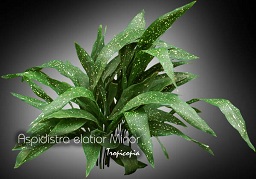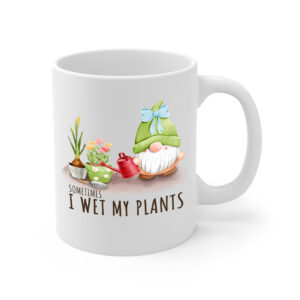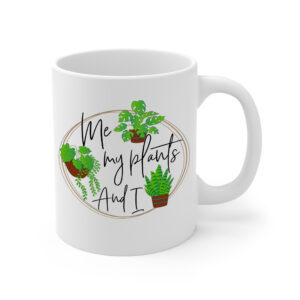Table of contents
Cast iron plant

Latin Name: Aspidistra elatior Minor
Category: Foliage plant
Family: Liliaceae
Origin: Japan
Climate: Subtropical
Growing Zones: 11, 7
Care Instructions
The Cast iron plant (Aspidistra elatior Minor) is a subtropical plant that originates from Japan. This foliage plant plant belongs to the Liliaceae family and is well-suited for growing in USDA zones 11, 7.
Complete Care Guide for the Cast Iron Plant (Aspidistra elatior Minor)
Watering Requirements
The Cast Iron Plant is renowned for its resilience and low maintenance needs, making it an excellent choice for both novice and experienced gardeners. When it comes to watering, the key is to strike a balance. This plant prefers to be kept slightly moist but can tolerate periods of drought. Water the plant thoroughly, allowing the top inch of soil to dry out between waterings. During the growing season (spring and summer), you may need to water more frequently, approximately once every 1-2 weeks, depending on the humidity and temperature of your environment. In the fall and winter, reduce watering to once every 2-3 weeks, as the plant enters a dormant phase. Always ensure that the pot has drainage holes to prevent waterlogging, which can lead to root rot.
Light Conditions
The Cast Iron Plant thrives in low to moderate light conditions, making it an ideal choice for shaded areas or rooms with indirect sunlight. While it can tolerate some direct sunlight, prolonged exposure can scorch its leaves. For optimal growth, place your Cast Iron Plant in a location where it receives filtered light, such as near a north or east-facing window. If you notice the leaves becoming leggy or stretching towards the light, it may be a sign that the plant needs more light. However, be cautious not to expose it to harsh, direct sunlight, as this can damage the foliage.
Soil Preferences
The ideal soil for the Cast Iron Plant is a well-draining potting mix that retains some moisture without becoming soggy. A blend of standard potting soil mixed with perlite or coarse sand can provide the right balance of drainage and moisture retention. The pH level should ideally be slightly acidic to neutral (around 6.0 to 7.0). Fertilization is not a strict requirement for this hardy plant, but during the growing season, you can apply a balanced, water-soluble fertilizer every 4-6 weeks to promote healthy growth. Be cautious not to over-fertilize, as this can lead to salt buildup in the soil, which may harm the plant.
Pests and Diseases
While the Cast Iron Plant is generally resistant to pests and diseases, it can occasionally be affected by common houseplant pests such as spider mites, mealybugs, and scale. Regularly inspect the leaves for any signs of infestation, such as webbing or sticky residue. If you notice pests, treat the plant with insecticidal soap or neem oil, ensuring to cover both the tops and undersides of the leaves. Additionally, the plant can be susceptible to root rot if overwatered, so always check the soil moisture before watering. If you notice yellowing leaves or a mushy root system, it may be a sign of root rot, and you should reduce watering and improve drainage immediately.
Special Care Tips
To keep your Cast Iron Plant thriving, consider the following special care tips: First, avoid placing the plant in drafty areas or near heating vents, as sudden temperature changes can stress the plant. Second, wipe the leaves occasionally with a damp cloth to remove dust and improve photosynthesis. This is especially important if the plant is in a low-light area. Third, if you notice the leaves becoming too long or leggy, you can prune them back to encourage bushier growth. Lastly, while the Cast Iron Plant is tolerant of neglect, it will benefit from occasional repotting every 2-3 years to refresh the soil and provide more space for growth. By following these care tips, you can ensure that your Cast Iron Plant remains a beautiful and resilient addition to your indoor garden.








